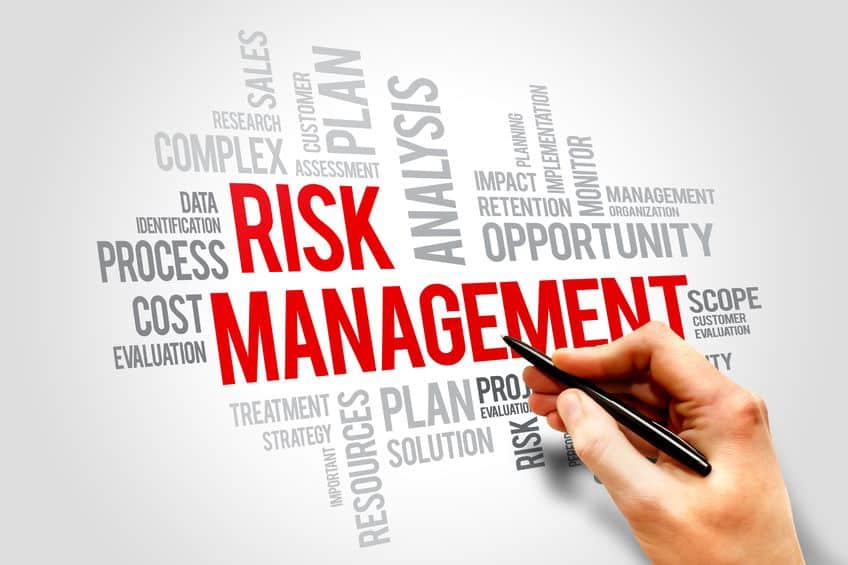
GEP is honored & humbled to be in the top 3 Best Places to Work® for Women 2022 in the Caribbean & Central America. #Procurement has a unique opportunity to add value to #consulting engagements. As this happens, more and more global companies have begun. Today’s complex supply chains are almost inevitably subject to disruption. The GEP Social Initiatives (GEPSI) team along with volunteers from our Costa Rica office have been regularly volunt… Supply Chain Risk Management (SCRM) is defined as the process of taking those strategic steps which can help manufacturers identify, analyze, assess, and finally mitigate the risk from supply chain disruption. Learn how Asahi Europe's international #procurement operation is driving value through #digital from Carmen Radut a… Optimizing #inventory and minimizing #Capex investments enable enterprises to be more nimble. It was great to see GEPpers unleash their adv… Įxposure to the Unplanned Aug 24 at 8:30pm Our Data & Analytics team at Hyderabad recently visited a theme park. But how do companies achieve it? #Technology can enable t… #Suppl圜hain resilience is a top priority for businesses.
Supply chain risk manager series#
#Retailers and #manufacturers are increasingly overwhelmed by returns, and it's eating their margins. : Supply Chain Risk Management: Competing In the Age of Disruption (CERM Academy Series on Enterprise Risk Management): 9780965466547: Hutchins. The COVID-19 pandemic exposed flaws and gaps in #Suppl圜hain. Get the latest #GEP-sponsored research from… Īs the #RussiaUkraine war affects supplies of #OilAndGas, nickel, palladium, titanium and neon, companies are boost… #Procurement can add tremendous value by tracking the right #metrics. When a new #procurement leader arrives with a big cost control agenda, what should be her approach to savings deliv… There’s often tension and mistrust between #procurement and vendor management teams. Join #GEP's VP of Product Management Vinayak Agashe at #GEPInnovate2022 Sep. How should midsize and emerging companies optimize #procurement to achieve commercial #sustainability? Join #GEP ex… GEP India welcomes new consulting interns through the Autumn Internship Programme 2022. Contact us today.Ĭan new-age tech help #procurement leaders prioritize #CostReduction while meeting their #diversity, #ESG and #CSR… Learn more about GEP's supply chain risk management services. Our unique combination of robust processes, big data feeds, augmented artificial intelligence, predictive analytics and reporting frameworks helps enterprises proactively identify and mitigate supply chain risk. Learn how you can secure your supply chain against cyberthreats ― contact us today. GEP helps enterprises build robust internal and external processes to secure their supply chains against cyberattacks and negate the long- and short-term impacts. To ensure business continuity and maintain competitive advantage, securing your supply chain against these cyberthreats is essential. In the absence of a cyberrisk mitigation strategy, deployment of even the best cybersecurity program may fail to protect an enterprise’s supply chain, exposing it to critical vulnerabilities and cyberthreats. Cyberattacks can have far-reaching impact on supply chain operations, of any enterprise. 183-196.Today, cybersecurity is one of the top-ranking risks for global companies. (2004), "Supply chain risk management", Supply Chain Management, Vol. These findings indicate the importance of undertaking risk assessments and considering the need for business continuity planning when a company is exposed to inter‐organisational networking. SMEs increased their own exposure to risk by becoming partners in a supply chain. Having SMEs as partners in the supply chain further increased the risk exposure. The review found that large companies’ exposure to risk appeared to be increased by inter‐organisational networking.

A framework defining the information systems (IS) environment is used to structure the review. This article presents a secondary analysis of the literature, supplemented by case studies to determine if large companies increase their exposure to risk by having small‐ and medium‐size enterprises (SMEs) as partners in business critical positions in the supply chain, and to make recommendations concerning best practice.


 0 kommentar(er)
0 kommentar(er)
